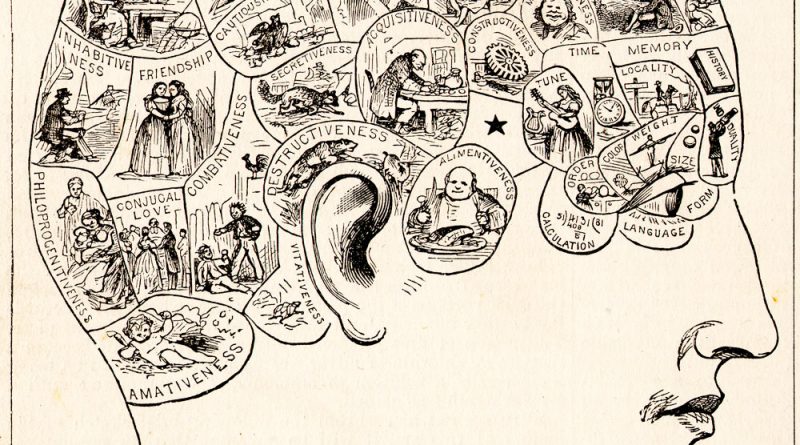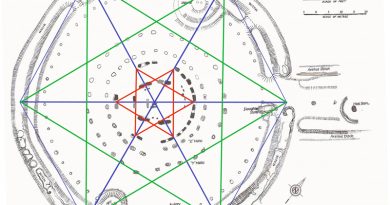Archaeological Pseudoscience
I find myself deeply concerned about the state of discourse in the field of archaeology, particularly within the realm of alternative theories and interpretations. I’ve long held the belief that constructive criticism is the lifeblood of expanding knowledge, and that scientific progress hinges on the willingness to question established ideas – Archaeological Pseudoscience.
As a mathematician and scientist, I understand that hypotheses are by nature provisional, always open to refinement and correction. The very essence of science lies in its capacity to challenge what we think we know and to seek deeper understanding through critical examination.
Yet, it appears that in archaeology, as in other fields, the age-old practice of constructive criticism has been replaced by name-calling and simplistic labeling, especially in the arena of social media. Such a development is deeply concerning, for it hinders the progress of knowledge and stifles the free exchange of ideas.
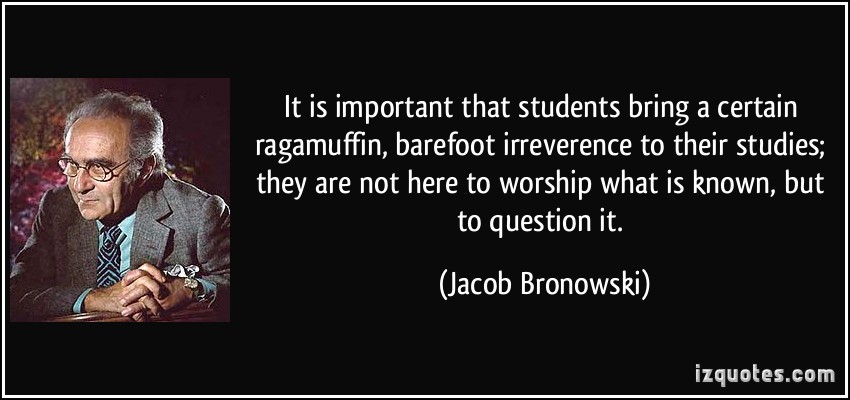
This trend is not limited to online platforms. Even within scientific journals and academic institutions, there is a noticeable reluctance to publish contrary evidence or ideas that challenge established paradigms. This censorship, whether overt or subtle, impedes the very essence of scientific inquiry.
Furthermore, it’s disheartening to see that some educational institutions seem to prioritize conformity over critical thinking. The failure to teach students the principles of critical analysis and deductive logic when examining primary sources perpetuates a narrow view of history and stifles independent thought.
The over-reliance on peer review as a measure of credibility is also a matter of concern. As the editor of The Lancet, Richard Horton, astutely pointed out, peer review is far from infallible. It’s a mechanism to gauge acceptability, not necessarily validity. Relying too heavily on it can stifle innovative thinking and discourage the pursuit of unconventional ideas.
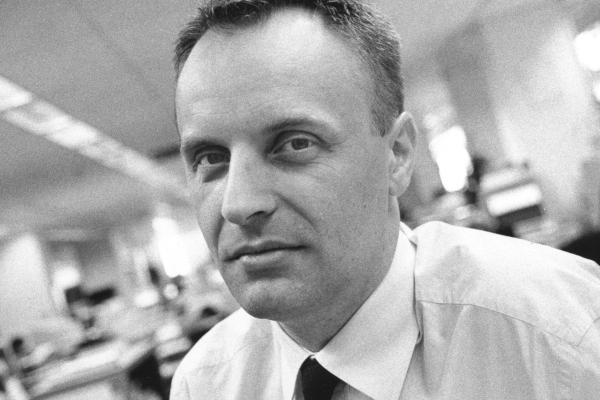
One specific example that highlights these issues is the topic of Atlantis. In my work, I’ve used the term ‘Atlantis’ to explain the builders of megalithic structures in Northern Europe, including Stonehenge. However, the mere mention of ‘Atlantis’ has led to irrational reactions and misconceptions, often fueled by Hollywood and popular culture.
Plato’s account of Atlantis in his dialogue ‘Timaeus’ is our primary source on this subject. Yet, academics have sometimes taken liberties in interpreting Plato’s work, seemingly dismissing its details in favor of their own interpretations. Such interpretations should be subjected to rigorous scrutiny, just as we would scrutinize any other scientific hypothesis.
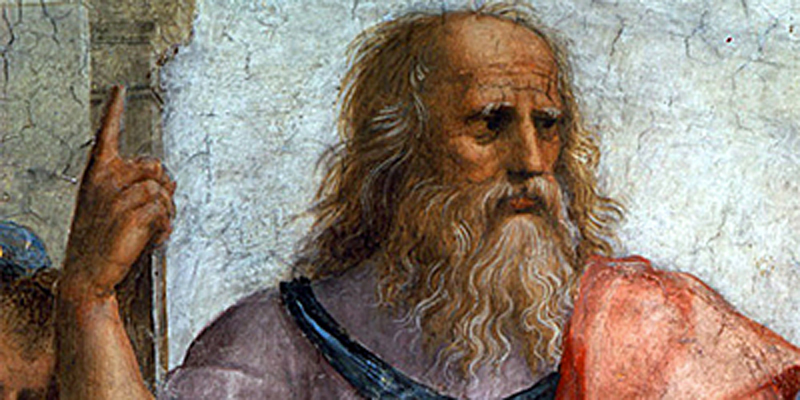
In the realm of modern archaeology, the bias and manipulation of data to support established theories, even in the case of Stonehenge, highlight the need for more transparent and open-minded practices. Scientific investigations should begin with open questions rather than preconceived answers.
Giants
In examining the builders of the megalithic monuments of Northern Europe and their genetic ties to what was once referred to as ‘Cro-Magnon’ man, I am struck by the complex interplay of perception and historical understanding. The term ‘giants’ used by Victorian-era archaeologists to describe these ancient individuals is indeed subjective, and the modern-day skepticism surrounding their existence may stem from a limited view of history.
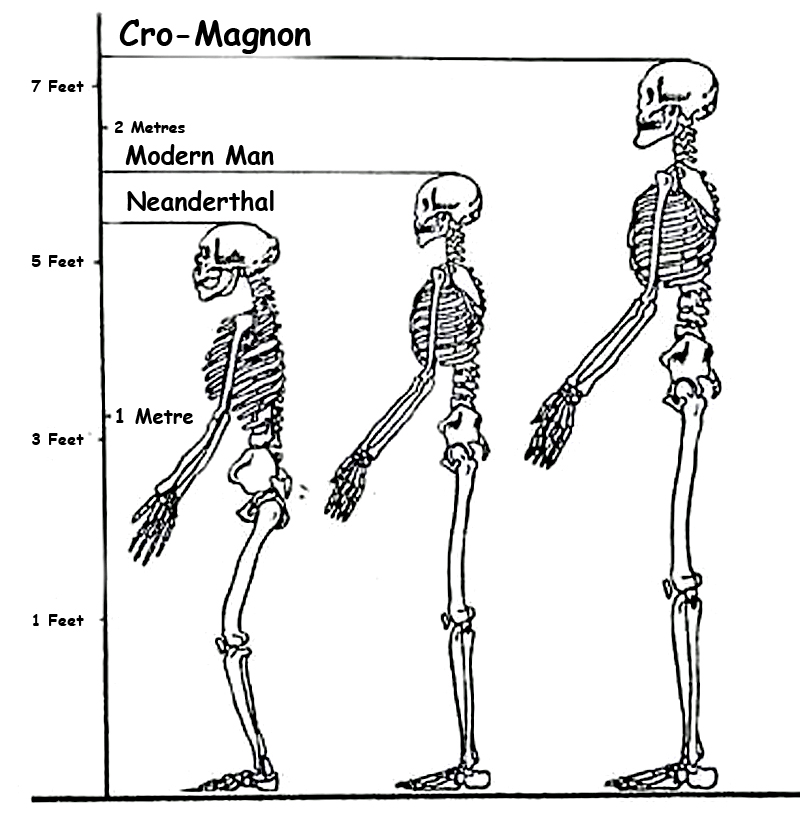
It is true that our understanding of the past can be coloured by the prevailing narratives of earlier times. These narratives often create a linear progression of human history, which, as you aptly point out, may not reflect the reality of how societies evolve. The ebb and flow of progress and regression, like a sine wave, is a more nuanced way of viewing history, one that accounts for the complex interplay of factors that shape human societies.
The architecture of homes in Britain throughout history is an excellent example of this non-linear progression. It highlights how societies can evolve and devolve in response to various circumstances, including technological advancements, cultural influences, and environmental factors. The reintroduction of Roman underfloor heating after a long hiatus is a particularly interesting example of how knowledge can be lost and rediscovered over time.
The recent analysis of the impact of diet and agriculture on human height and stature also adds depth to the discussion. The influence of diet on physical characteristics is a well-documented aspect of human history, and it’s essential to consider how changes in diet can affect a population’s average height and overall health.
Therefore the concept of a ‘LAND OF GIANTS’ is intriguing and thought-provoking. It challenges us to reconsider our assumptions about the past and the idea that human history follows a linear path of progress. Instead, it prompts us to explore the complexity of human societies and their interactions with the environment.
My book ‘Dawn of the Lost Civilisation’ added research and perspective on the rich tapestry of human history, where individuals of varying sizes and physical attributes have contributed to the development of our species. As we continue to unearth new evidence and refine our understanding of the past, it is essential to remain open to alternative viewpoints and interpretations. In doing so, we can gain a more comprehensive understanding of the remarkable journey of humanity.
So, are we living in a LAND OF GIANTS? or are archaeologists and historians using this phase to hide behind their ignorance of our history and the evolution of humanity – here is my list of just ‘normal-sized Giants’ who are still genetically connected to the R1B DNA Cro-Magnon ancestors:


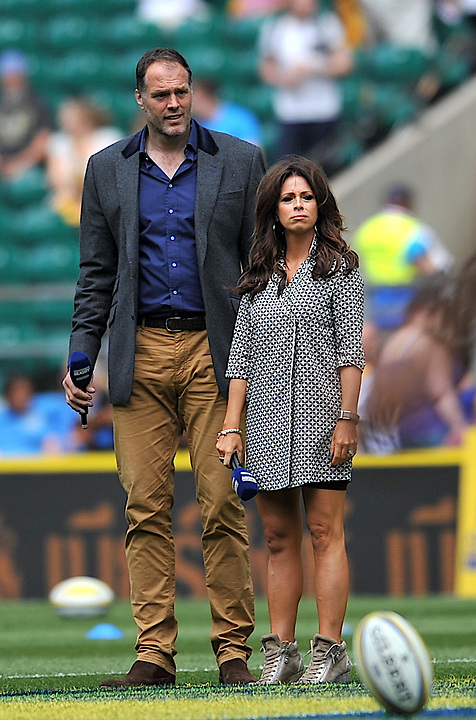
Devin Toner – 6′ 11″ – 280 lbs (Professional rugby player)

Richard Metcalfe – 7′ 0″ – 290 lbs (Scottish rugby union player)

Tyson Fury – 6’ 9” – 300 to 480 lbs (British Heavyweight Boxer)

In examining the individuals referred to as ‘giants’ within my research, it becomes clear that such a label is not only subjective but also potentially detrimental to the pursuit of knowledge. This term, ‘giants,’ has often been misused to stifle genuine research and suppress alternative viewpoints that challenge the status quo of historical understanding. It’s essential to recognize that these individuals, who were once thought of as giants due to their remarkable height, are not anomalies but rather part of the tapestry of human history.
Moreover, delving into the genetic connections between these ancient individuals and what we’ve labeled as ‘Cro-Magnon’ man reveals a more complex story. The term ‘giants’ doesn’t do justice to the intricacies of their physical attributes and the impact of crossbreeding between Homo sapiens and Neanderthals. These factors influenced their stature and frame, making them distinct from modern humans while highlighting the interconnectedness of our evolutionary history.
The concept of Western hunter-gatherers (WHG) challenges conventional wisdom about constant invasion and conquest as drivers of societal change. Instead, DNA evidence suggests a more nuanced picture, with the original DNA of Mesolithic people persisting in certain regions. This underscores the need for archaeologists and historians to remain open to new discoveries and to revise prevailing narratives when the evidence demands it.
The misconceptions surrounding the lives of hunter-gatherers also serve as a reminder of the ever-evolving nature of our understanding of history. The realisation that boats played a crucial role in early human mobility challenges the traditional image of hunter-gatherers as individuals roaming vast, open plains. Archaeological findings like those at Star Carr demonstrate the adaptability and resourcefulness of our ancestors.
In a world increasingly characterized by ‘post-truth’ ideologies, nurturing an educational system that encourages critical thinking and the ability to interpret primary sources with an unbiased scientific methodology is of paramount importance. It is through this commitment to intellectual rigor that we can hope to unravel the complexities of our shared human history and embrace a more nuanced, accurate understanding of our past.
As I continue to explore these facets of human history, I am reminded of the importance of questioning established narratives, challenging preconceived notions, and fostering a spirit of open inquiry. It is through these efforts that we can contribute to the ongoing pursuit of knowledge and gain deeper insights into the fascinating story of our species.
Further Reading
For information about British Prehistory, visit www.prehistoric-britain.co.uk for the most extensive archaeology blogs and investigations collection, including modern LiDAR reports. This site also includes extracts and articles from the Robert John Langdon Trilogy about Britain in the Prehistoric period, including titles such as The Stonehenge Enigma, Dawn of the Lost Civilisation and the ultimate proof of Post Glacial Flooding and the landscape we see today.
Robert John Langdon has also created a YouTube web channel with over 100 investigations and video documentaries to support his classic trilogy (Prehistoric Britain). He has also released a collection of strange coincidences that he calls ‘13 Things that Don’t Make Sense in History’ and his recent discovery of a lost Stone Avenue at Avebury in Wiltshire called ‘Silbury Avenue – the Lost Stone Avenue’.
Langdon has also produced a series of ‘shorts’, which are extracts from his main body of books:
For active discussions on the findings of the TRILOGY and recent LiDAR investigations that are published on our WEBSITE, you can join our and leave a message or join the debate on our Facebook Group.

